
The situation on the plastics market is developing in such a way that more and more attention is paid to alternative materials for their production. More and more often we hear news about bioplastics made of one substance or another. And now we will tell you about another new product from this area.

Among the various packaging options, there are plenty that are incredibly difficult to recycle due to their small size or multi-component composition. Pipettes used for many cosmetics, such as serums or oils, fall into both categories of complexity: they are small and often consist of glass, plastic, and rubber at the same time. So it’s a kind of “bingo” against recycling.
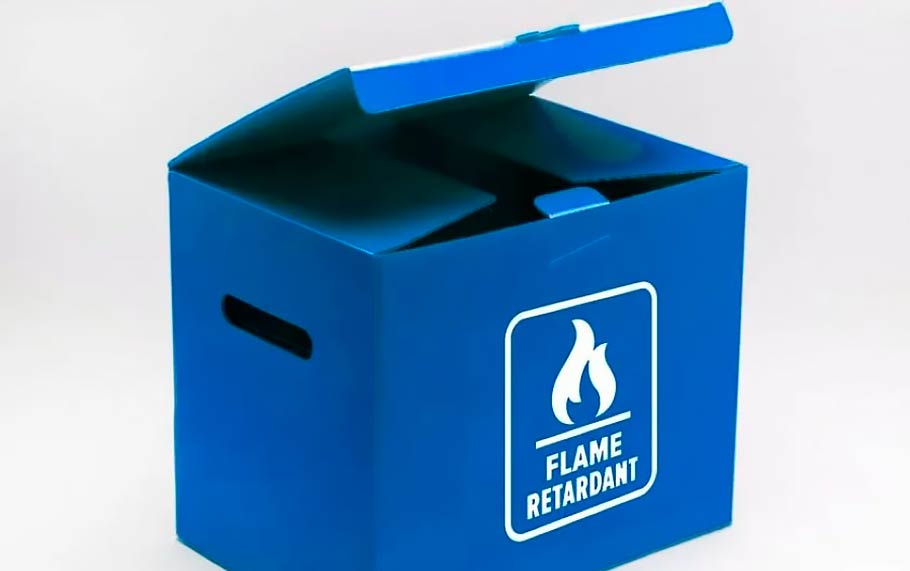
"Now also with fire protection" - that's what British company Twinplas can say about its corrugated polypropylene. Because the company recently received certification for fire protection coating, which added to the package of already existing protection offers.
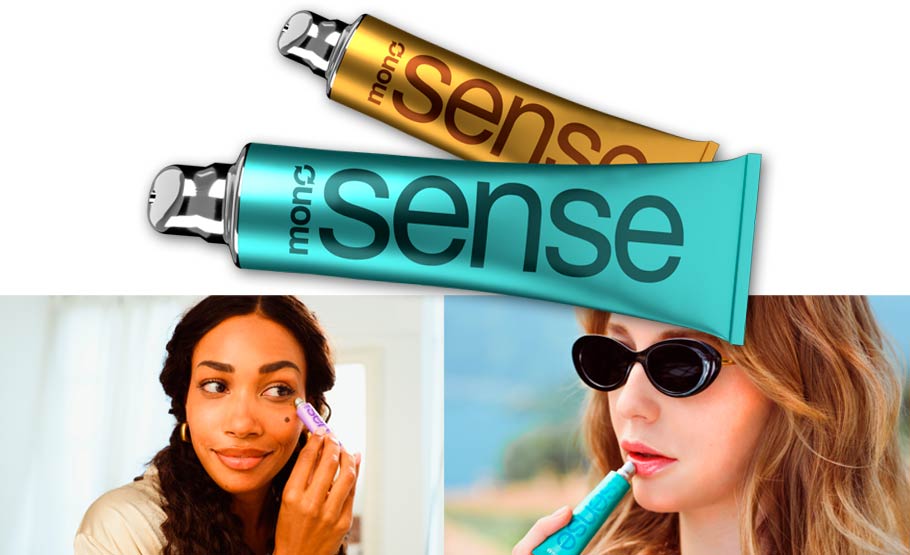
Tube packaging has long been a common practice for many products, especially in the cosmetics industry. However, there are still many problems with recycling such packaging. Therefore, it is natural that manufacturing companies are looking for options.
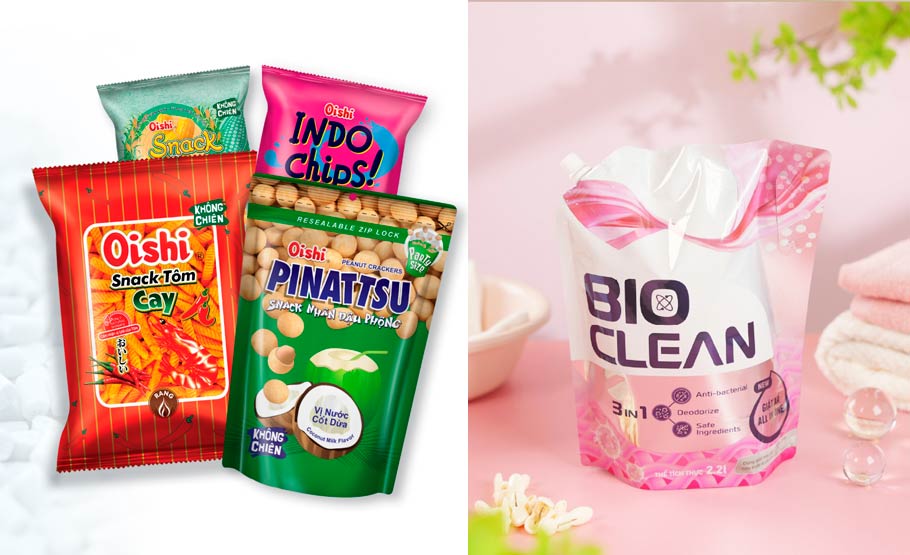
We have written about all sorts of alternatives to traditional plastic made from petroleum products over the past couple of years. But this one surprised even us. It is about the development of the Japanese company TBM, which has actually brought to market a material resembling plastic, but consisting of more than 50% calcium carbonate.
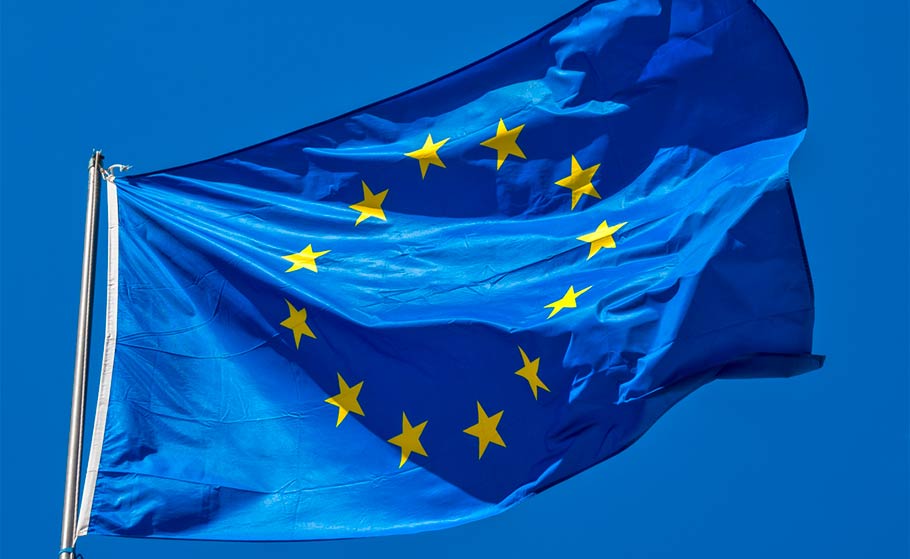
It has been several months since the EU Packaging and Packaging Waste Regulation came into force. Although there is still a transition period, its duration is very short, and questions about the regulations are becoming more and more numerous. Therefore, EUROPEN has created a special interactive guide designed to help companies navigate the requirements of this document.
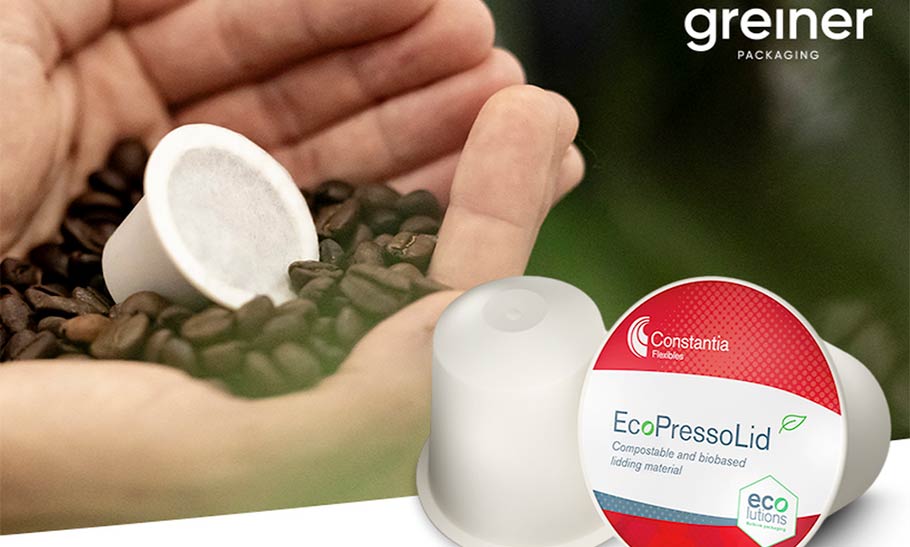
We’ve written about attempts to market various compostable coffee capsules. But none of these projects seemed to be scalable enough, combined with eco-efficiency, to be widely adopted. However, the problem of large quantities of used coffee capsules remained, and so a solution had to emerge.

